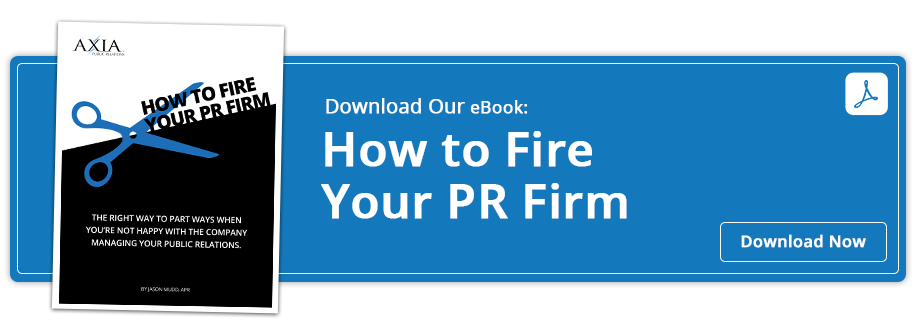Knowing inverted pyramid and the five Ws/H will set you up for success.
 The first few sentences of your story are everything. They state the facts, set the mood, and grab your reader’s attention. When written correctly, they capture the heart and soul of your story and convince your reader why what you’re saying matters. When written incorrectly, the reader may leave your page, click on a new site, or possibly lose interest in your company’s work altogether.
The first few sentences of your story are everything. They state the facts, set the mood, and grab your reader’s attention. When written correctly, they capture the heart and soul of your story and convince your reader why what you’re saying matters. When written incorrectly, the reader may leave your page, click on a new site, or possibly lose interest in your company’s work altogether.
So what are these first few sentences, and how do you write them effectively?
For starters, you need to know a little terminology. This start of your story is called your lede. Your lede can technically be one sentence, multiple sentences, or even multiple paragraphs. At Axia Public Relations, we recommend keeping your lede short — maximum one paragraph.
Your lede should reflect the style of the publication you’re pitching. If you’re writing a news release, you’ll want to follow an inverted pyramid style and include the five Ws and H. News articles should have short ledes. If you’re writing a magazine feature story, feel free to add more imagery or make your lede a little longer.
Before we go any further, let’s break down some more terms. For example, what is the inverted pyramid? The inverted pyramid is a writing style where the story is structured from most important information at the top to least important information at the bottom. Usually, you’ll want your five Ws and H at the top of the story because they are your most vital facts.
The five Ws and H stand for:
-
Who
-
What
-
Where
-
When
-
Why
-
How
Treat each story on a case-by-case basis. Not every story has the same integral information, so it’s acceptable to not have all five Ws and H in your lede. However, this is the best place to start when determining what information should go into your lede.
Overall, your lede should be succinct, engaging, and answer your reader’s primary questions. It’s up to the rest of the article to answer the “so what” of the issue.
At Axia PR, we have three copy editors on our team, a unique feature of our PR firm, that help write effective ledes. Does your PR agency have dedicated copy editors? Our bet: probably not. If you want to learn more about how we can help you build your storytelling arsenal, contact us at 888-PR-FIRM-8 or download our How to Fire Your PR Agency e-book.
Photo by Kat Stokes on Unsplash
Topics: public relations, PR tips


Comment on This Article